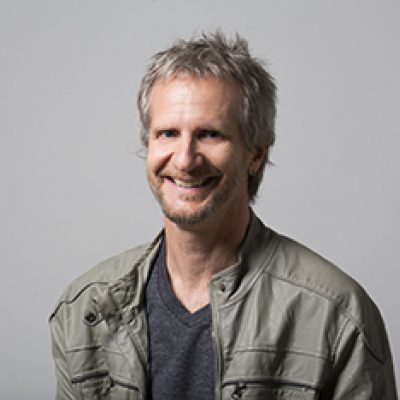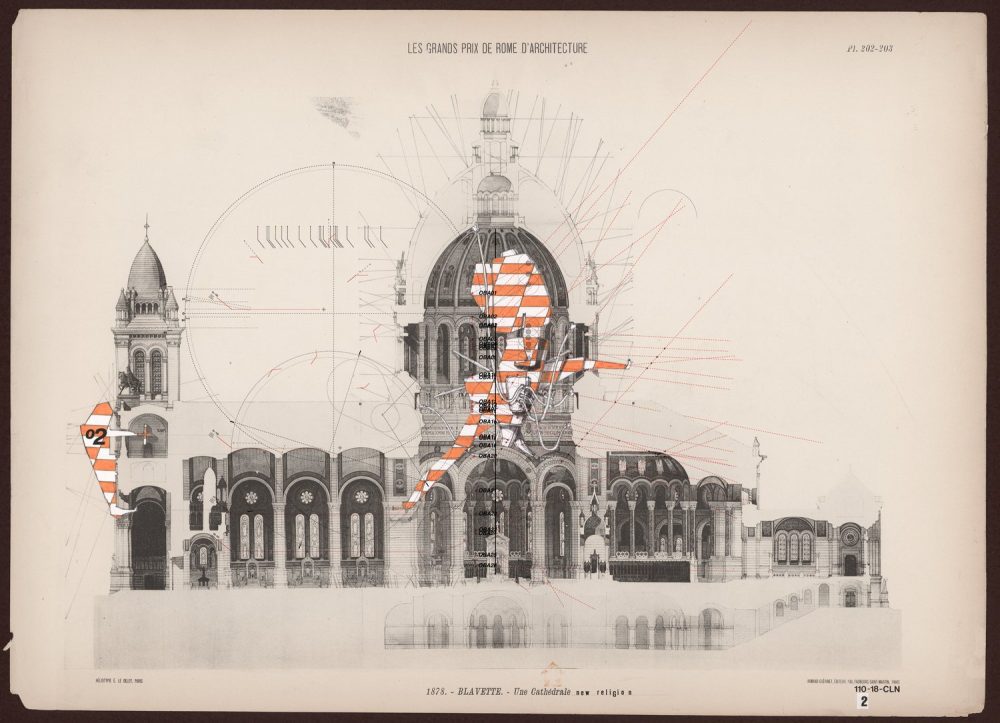Bryan Cantley

Founder/Owner of Form:uLA and Professor of Design Theory at California State University, Fullerton, Orange, CA
Education:
Master of Architecture, UCLA (1990)
Bachelor of Art in Architecture, UNC Charlotte (1987)
Hometown: Greensboro and Oxford, NC
In addition to teaching at CSUF in California’s Orange County, Bryan Cantley is the founder of Form:uLA, an experimental design practice that explores the boundaries of architecture and representation and the role of drawing within the discourse of visionary space. Form:uLA’s work is in the permanent collection of the San Francisco Museum of Modern Art and has been exhibited internationally, including a solo exhibition at The Bartlett in 2008. A solo show, Dirty Geometries + Mechanical Imperfections, opened at SCI-Arc in the fall of 2014 and is on view in Storrs Gallery through April 11, 2015. In 2002, Bryan received a prestigious Graham Foundation grant.
Bryan grew up in a rural area of North Carolina, where kudzu overtook barns and telephone poles and farmers drove huge machines down country roads. The combination of the kudzu’s uncontrolled organic growth and the mechanical “architecture” of farm equipment formed the conceptual basis for his work and the title of his monograph, Mechudzu. He came to UNC Charlotte from Oxford, NC and began his unending architectural investigations, “the painful journey/habit of questioning everything.”
“UNC Charlotte gave me the initial thirst for inquiry. It set me up with the basic rules that I needed to begin to experiment in grad school. It taught me the importance of professionalism… of demanding more of myself than others do/did… and of not settling. It was the beginning of looking at the importance of representation in architecture.”
Bryan challenges architecture students to “ask as many questions as possible, and find the voices in the school that allow, no demand, that you challenge yourself. Don’t be afraid of ‘failing’- it’s where learning truly takes place.” He tells this anecdote to illustrate:
“It was the end of first-year Final Reviews. No clue to what I was doing. There were several fifth-year professors on my review, and it seemed at the time a bit harsh for a first year final. My project was poorly designed (I didn’t know how) – the review was horrid. Throwing my hands up at the end in frustration and desperation, I asked professor Nelson Benzing. ‘Is there ANYTHING you like about my project…?’ He smiled and politely said ‘no.’ Devastation. Then that point of choice to rise above the devastation and challenge myself. It’s then I understood the statement ‘The truth shall set you free.'”
With the recent success of Dirty Geometries + Mechanical Imperfections, Bryan is next planning exhibitions at University of Greenwich at Christopher Mount Gallery in Hollywood CA. He has also begun work on a second monograph. Check out a memory from his time in the SoA from 1983 below!


The tradition of the palimpsest relates to the historic practice of writing on velum; a valuable and scarce resource that would often outlast the inks and pigments used to write upon it. Not only does the representation of architecture occupy this condition, but often the built artifact (particularly within an urban context) contains tangible traces of this latent information; the architectural condition that practices the act of [self] removal to move over/stand behind, hide from its replacement[s], CONtains palimpsests… it occupies them, it creates them, it discovers them, and it celebrates them often unknowingly. Architecture IS therefore a palimpsestuos ACT. Architecture may be one of the few disciplines in which overwriting is a fundamental condition of both of its functional states- the act of designing [via the architectural object and the act of making [the built environment]. We cannot segregate the two CONditions that create the synergistic relationship; 1- the Phenotext [to generously interpret Barthe’s definitions form ‘The Pleasure of Text’(Barthes, R 1975) ]- the original object/condition [here, the heliotype print of an ancient temple/building]. 2- the Genotext [again, with apologies to Barthes] the resultant interface/relationship/artifact that describes the reason/generation of the superimposed liaison. Each state functions as a signifier of the other. Oddly enough one heralds the future [the “blank” slate of the original drawing], while the other simultaneously generates both a needed reference to the past [the original] and the placement of the residue in the future. <<Synthetic chronologies [“Fake News”] if ever there was an example!>> These are distorted chronological metrics, asking both the inhabitant of the architecture [the drawn world] and the voyeur of the drawing [the physical world- a delicious irony] to accept the mutated, twisted, and hybrid(ised) situation[s] of time; a non-linear, fabricated stew of multiple [il]legitimacies.